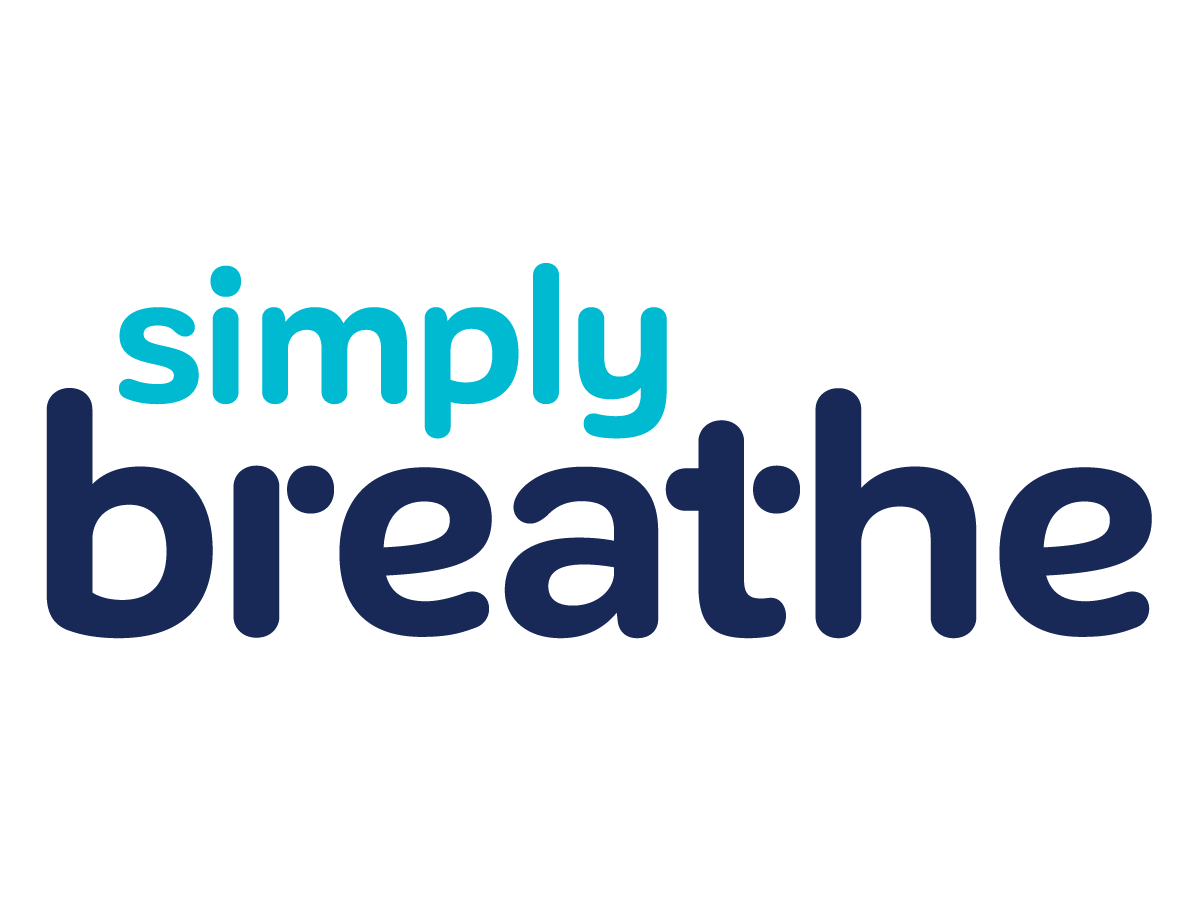Are you waking up with a sore jaw, headaches, or worn-down teeth? The surprising culprit might be the way you breathe while sleeping. As experts in breathing wellness, we've seen firsthand how proper breathing can transform not just sleep quality, but dental health as well.
The Breathing-Oral Health Connection
Many people don't realize that mouth breathing, especially during sleep, is one of the leading causes of dental problems. Dr. Frank Seaman, with over 40 years of experience in dentistry, has observed that mouth breathing leads to several dental issues:
- TMJ
- Chronic dry mouth
- Increased tooth decay
- Teeth clenching and grinding (bruxism)
- Gum disease
- Poor oral/facial development in children
The Root of the Problem: Sleep-Disordered Breathing
When you breathe through your mouth during sleep, it often indicates a form of sleep-disordered breathing. Your body, sensing inadequate airflow, responds by clenching your jaw and grinding your teeth – a natural reflex to force air into your airways. While this reflex helps you breathe, it takes a serious toll on your dental health over time.
The Cycle of TMJ Pain
TMJ (temporomandibular joint) pain often develops as a result of this nightly grinding and clenching. The tension created in your jaw muscles can lead to:
- Morning headaches
- Facial pain
- Difficulty opening and closing your mouth
- Clicking or popping sounds in your jaw
- Worn-down teeth
- Neck and shoulder tension
Breaking the Cycle with Nasal Breathing

The good news? Proper nasal breathing can help break this destructive cycle. Here's why nasal breathing is superior:
-
Proper Airway Position: Nasal breathing helps maintain proper tongue position and keeps your airways open naturally, reducing the need for compensatory grinding.
-
Teeth grinding comes from a jaw motion which is caused by the jaw muscles over reacting. When the mouth is closed, this cycle is broken.
-
Optimal Oxygen Flow: Your nose is designed to filter, warm, and humidify air before it reaches your lungs.
-
Dry mouth makes the plaque more sticky, leading to higher rates of decay. Nasal breathing dramatically reduces dry mouth and thus tooth decay.
-
Nitric Oxide Production: When breathing through the nose, nitric oxide is produced in the paranasal sinuses and carried into the lungs. This has several benefits:
- Improved Oxygen Absorption – NO helps dilate blood vessels in the lungs, improving oxygen uptake and delivery to the body.
- Enhanced Circulation – By expanding blood vessels, NO supports better blood flow, reducing strain on the heart.
- Antibacterial & Antiviral Properties – NO has antimicrobial effects, helping to neutralize airborne pathogens before they reach the lungs.
- Regulated Blood Pressure – NO helps relax blood vessels, contributing to lower blood pressure and improved cardiovascular health.
- Optimized Breathing Efficiency – Nasal breathing promotes slower, deeper breaths, improving oxygen-carbon dioxide balance and overall respiratory function.
- Supports Cognitive Function – Increased NO levels enhance blood flow to the brain, which can improve focus, memory, and mental clarity.
Practical Steps for Better Breathing and Dental Health
-
Practice Conscious Nasal Breathing Start by becoming aware of your breathing patterns during the day. Make a conscious effort to breathe through your nose, even during exercise or stress.
-
Check Your Sleep Breathing If you wake up with a dry mouth, dental pain, bad breath, or morning headaches, you might be mouth breathing at night. Consider using gentle mouth tape (like our Simply Breathe strips) to encourage nasal breathing during sleep.
-
Address Underlying Issues If you find it difficult to breathe through your nose, consider consulting with a healthcare provider. Common issues like allergies or chronic congestion can be addressed to improve nasal breathing.
-
Maintain Proper Tongue Position Keep the tip of tongue rested against the roof of your mouth, just behind your front teeth. This position naturally supports proper breathing and jaw alignment.

The Long-Term Benefits
Transitioning to proper nasal breathing can lead to significant improvements in both dental health and overall wellness:
- Reduced teeth grinding and TMJ pain
- Better sleep quality
- Decreased dental decay and gum problems
- Improved facial muscle tension
- Enhanced oxygen delivery throughout your body
Remember, the journey to better breathing is gradual. Start with small steps and be patient with your progress. Your jaw, teeth, and overall health will thank you for making the switch to nasal breathing.
Want to learn more about how proper breathing can improve your dental health? Check out our gentle mouth tape solutions, designed specifically for comfortable nighttime use. Your path to better breathing and dental health starts here.
Have questions about your breathing patterns and dental health? We're here to help guide you on your journey to better breathing.





Leave a comment (all fields required)